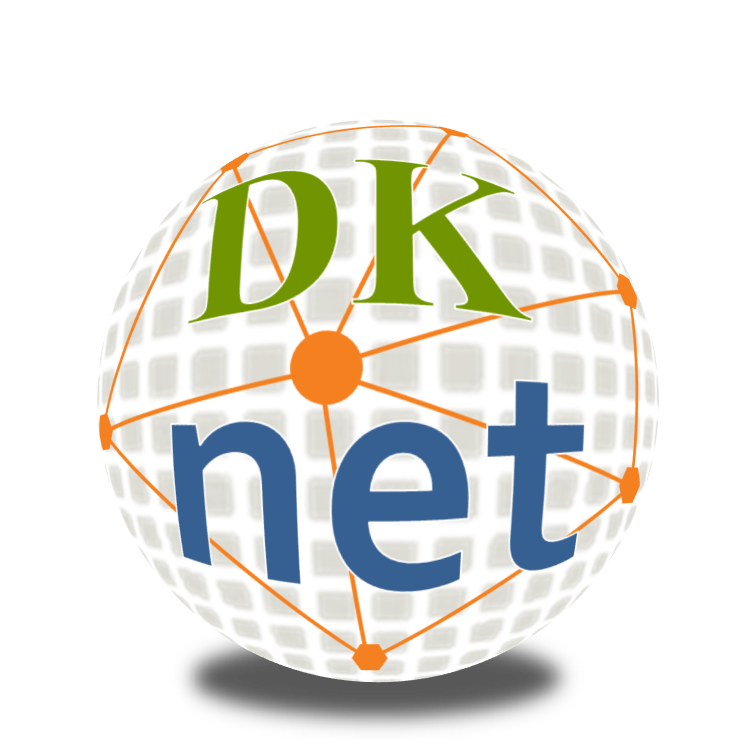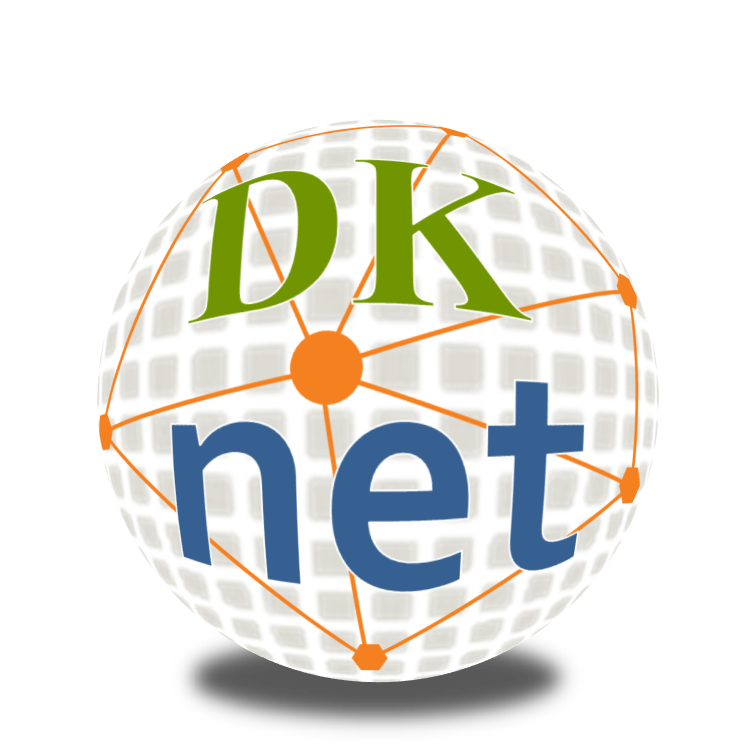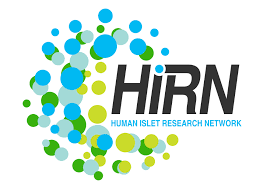X
X
Leaving Community
Are you sure you want to leave this community? Leaving the community will revoke any permissions you have been granted in this community.
No
Yes
X
nPOD Launched RRIDs for All Biosamples!
Here is the information from the Resource Identification Initiative (RRID) Newsletter in February 2021, published by Dr. Anita Bandrowski:
"BioSamples and nPOD
Some identifiers are too identifiable ... and other fun facts in the world of HIPAA

Human disease, such as diabetes, is a significant burden on the health of hundreds of millions of people. One can study this and other disease using laboratory animals or human cell lines, nearly all of which have RRIDs. However, one powerful tool to deepen our understanding of disease is the patient derived sample.
So what does this entail?
In some cases tissues can be pulled from a surgical resection and a few local laboratories can get access to these sections by collaborating directly with surgeons. However, a potentially more accessible and a larger collection of tissues can be donated at time of death. While it is always tragic to loose a loved one, donations of organs and tissues have also saved countless lives and deepened our understanding of disease. The United Network of Organ Sharing (UNOS) reports that even during the pandemic, over 12,500 people have donated in 2020.
Donated pancreatic tissues are recovered by the IIDP program, which we described a few months ago, but also the, Network for Pancreatic Organ donors with Diabetes (nPOD for short).
The goals of the nPOD initiative are to:
In some cases tissues can be pulled from a surgical resection and a few local laboratories can get access to these sections by collaborating directly with surgeons. However, a potentially more accessible and a larger collection of tissues can be donated at time of death. While it is always tragic to loose a loved one, donations of organs and tissues have also saved countless lives and deepened our understanding of disease. The United Network of Organ Sharing (UNOS) reports that even during the pandemic, over 12,500 people have donated in 2020.
Donated pancreatic tissues are recovered by the IIDP program, which we described a few months ago, but also the, Network for Pancreatic Organ donors with Diabetes (nPOD for short).
The goals of the nPOD initiative are to:
- Maintain a network of procuring and characterizing, in a collaborative manner, pancreata and related tissues (spleen, lymph node, pancreatic lymph node, peripheral blood, thymus and bone marrow) from cadaveric organ donors with type 1 diabetes as well as those whom are islet autoantibody positive.
- Utilizing these tissues, investigators will work together to address key immunological, histological, viral, and metabolic questions related to how type 1 diabetes develops.
Unlike the case where a single recipient gets a new heart or kidney, a single donor can provide tissues to many laboratories and can potentially be helpful in elucidating multiple treatments.
The goal of the nPOD investigators in many cases is to dig deep into these tissues to attempt to find new clues for how diabetes progresses and how that disease can be stopped. One thing that would sometimes be helpful is to know who else published data from the same donors.
For this reason, scientists studying a set of samples would like to identify these unambiguously, which presents an identifier problem. Turns out that the UNOS number is just a little too personally identifiable so it can no longer be used in scientific publications.
RRIDs to the rescue!

At the annual meeting of the Network for Pancreatic Organ Donors with Diabetes last week, nPOD launched RRIDs for all nPOD samples. RRIDs based on the public, non-personally identifiable information submitted to the NCBI / EBI BioSamples databases are here to help authors studying these samples identify them unambiguously.
Because the IIDP program has worked out the process, the addition of nPOD data was relatively easy. We welcome all community groups with similar needs to identify BioSamples.
nPOD RRID containing papers per year

Note, the users of the nPOD data have been using the RRID for the facility since 2018."
Source and more information:
1. https://www.rrids.org/
2. https://scicrunch.org/resources
X





